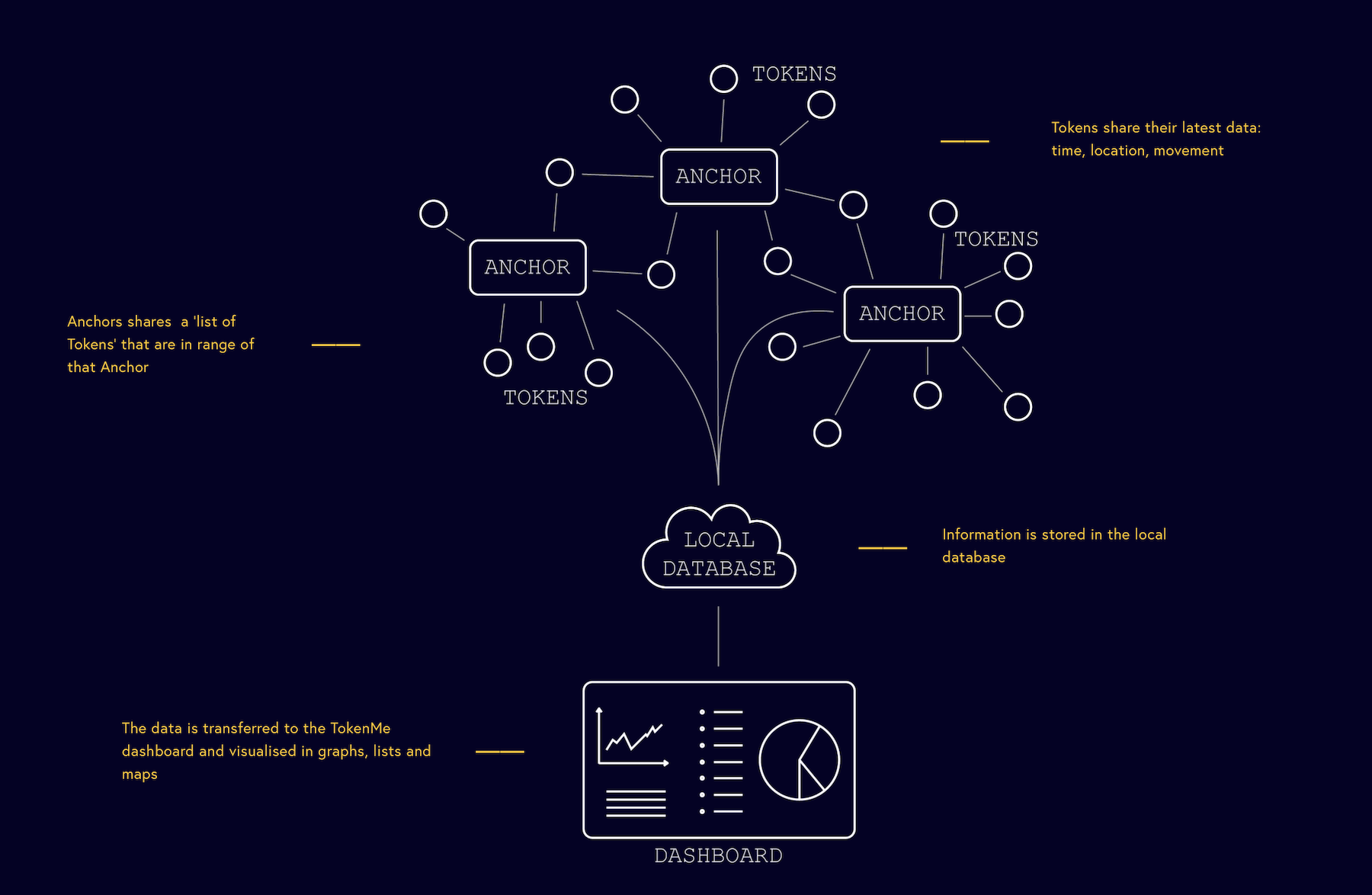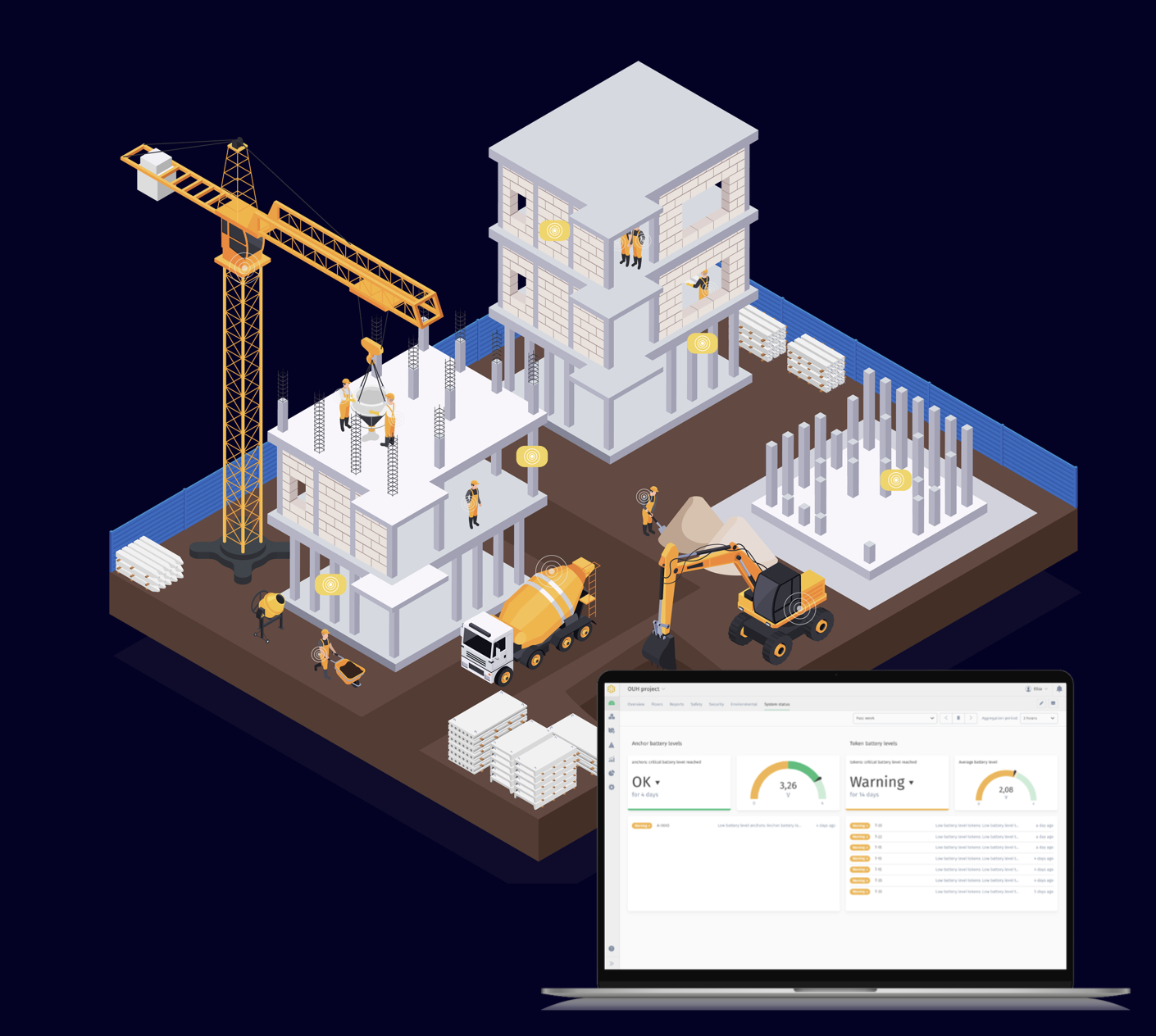Hard hats with tracking sensors. Smart boots and watches. Glasses that open windows to augmented reality. Exoskeletons that relieve user stress. These are among the wearable technologies that have emerged in recent years to make construction sites safer and more efficient for workers and supervisors.
Earlier this month, TokenMe, a Dutch-based firm, received the Innovation Award for wearable technology at the Consumer Electronics Show in Las Vegas. The firm’s product offers construction managers a real-time crowd- and asset-tracking solution via low-power, location-aware radio and RFID (radio-frequency identification) tags and multiple sensors through which data are processed with cloud-based artificial intelligence.
TokenMe’s technology includes ultra-wide band for presence and time-stamp communication, the Low Power Wide Area Networking (LoRaWAN) protocol for easy installation of battery powered receivers, called anchors, WiFi and PoE for installation in existing infrastructures, Near-Field Communication (NFC) protocols for wireless and secure identifications, environmental sensors and RFID ID stickers, and wireless charging using Qi chargers.

Body sensors transmit construction project data
The technology works like this: jobsite workers or visitors wear smart badges or helmet tags called tokens, which send data about the wearers' time, location, and movement to anchors that are mounted strategically around the site.
The 45x45x12-millimeter tags have a range up to 50 meters and an operational battery life of 500 days. They come equipped with Bluetooth and UWB tracking sensors, a 6-axis motion sensor, and a temperature sensor. The 150x66x42-mm anchors each has a coverage range of 500 sm; wireless connectivity with UWB, BLE, WiFi-Mesh, and LoRaWAN; and is equipped with sensors for temperature, humidity, air quality, and motion detection.
The anchors send this jobsite information to a proprietary cloud database that processes the data through an AI engine to provide project managers and other interested parties with a dashboard that shows graphs, visuals, and observations about task completions. Movement and interaction triggers can be preprogrammed as warnings and alarms.
The dashboard information can also help guide supervisors’ and contractors’ future plans.
As a communications tool, TokenMe’s presences and access monitoring data can be integrated into classical systems to deliver flexible application programming interfaces and triggers to generate meaningful and representative data, according to the firm. Its technology has a UWB frequency range of between 3.1 and 10.6 GHz, and a transmission range of between 32.8 and 656.2 ft, depending on the application. Its localized accuracy falls between 0.33 and 1.64 ft, and has low susceptibility to interference.







